Home>Gardening & Outdoor>Landscaping Ideas>How To Fix St. Augustine Grass
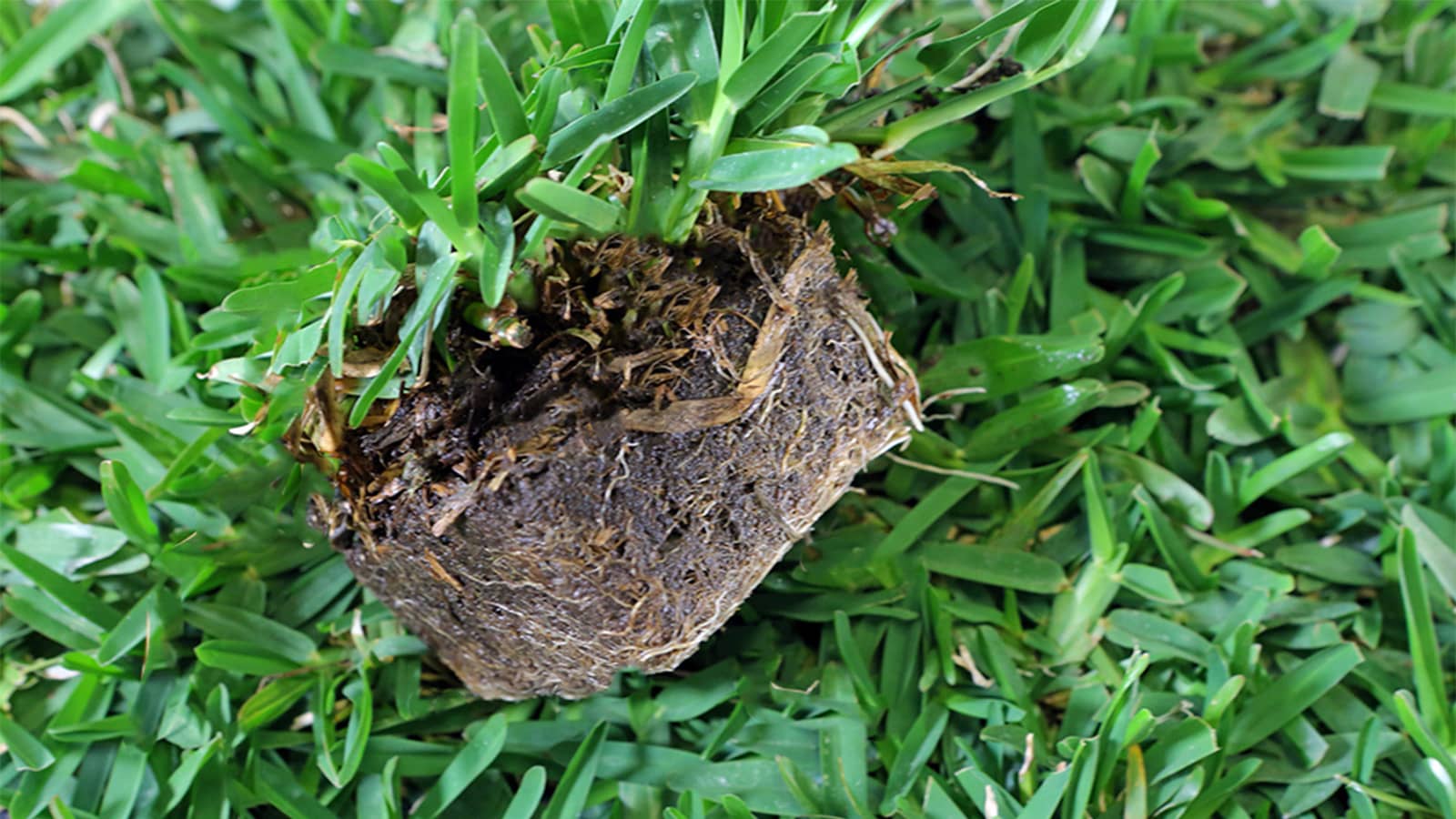

Landscaping Ideas
How To Fix St. Augustine Grass
Modified: March 28, 2024
Learn effective landscaping ideas to fix St. Augustine grass issues and achieve a lush, healthy lawn. Expert tips and solutions for successful lawn care.
(Many of the links in this article redirect to a specific reviewed product. Your purchase of these products through affiliate links helps to generate commission for Storables.com, at no extra cost. Learn more)
Introduction
Welcome to the world of landscaping and lawn care, where the lush green expanse of a well-maintained lawn can be a source of pride and joy. Among the many varieties of grass used for lawns, St. Augustine grass stands out for its vibrant green hue and ability to thrive in warm, humid climates. However, like any living organism, St. Augustine grass can encounter problems that detract from its beauty and health. As a homeowner or landscaping enthusiast, it's essential to understand how to identify and address these issues to ensure your St. Augustine grass remains vibrant and resilient.
In this comprehensive guide, we will delve into the intricacies of St. Augustine grass, exploring its unique characteristics, common problems, and effective solutions to restore its vitality. Whether you're dealing with issues such as brown patches, pest infestations, or nutrient deficiencies, this article will equip you with the knowledge and strategies needed to rejuvenate your St. Augustine lawn. So, let's embark on this enlightening journey to discover the art of nurturing and revitalizing St. Augustine grass, transforming your lawn into a verdant oasis that beckons with its lush beauty.
Key Takeaways:
- St. Augustine grass is lush and vibrant but can face issues like brown patches and pest infestations. By identifying problems and taking targeted steps like proper watering and addressing fungal diseases, you can revive and maintain a healthy lawn.
- To fix St. Augustine grass, focus on understanding its needs, recognizing common problems, and implementing solutions like adjusting mowing practices and optimizing nutrient levels. With patience and proactive care, you can rejuvenate your lawn’s natural beauty and vitality.
Read more: How To Fix Bare Spots In St.Augustine Grass
Understanding St. Augustine Grass
Before delving into the specific problems and solutions related to St. Augustine grass, it's important to develop a comprehensive understanding of this popular turfgrass variety. St. Augustine grass (Stenotaphrum secundatum) is celebrated for its lush, dense growth and vibrant green color, making it a sought-after choice for lawns in warm, coastal regions. This warm-season grass thrives in areas with mild winters and hot, humid summers, making it particularly well-suited for regions such as the Gulf Coast, Southern United States, and other tropical and subtropical climates.
One of the defining characteristics of St. Augustine grass is its rapid lateral growth, which allows it to spread and form a dense carpet of grass. This growth habit contributes to its ability to choke out weeds and create a visually appealing, uniform lawn. Additionally, St. Augustine grass exhibits good salt tolerance, making it suitable for coastal areas where salt spray may be a concern.
While St. Augustine grass offers numerous benefits, it is not without its vulnerabilities. This grass variety is susceptible to certain issues, including fungal diseases, pest infestations, and nutrient deficiencies, which can compromise its health and appearance. By familiarizing yourself with the unique attributes and potential challenges associated with St. Augustine grass, you can better identify and address issues that may arise, ultimately fostering a thriving and resilient lawn.
Understanding the growth patterns, environmental preferences, and vulnerabilities of St. Augustine grass sets the stage for effectively addressing any issues that may impact its health and vigor. Armed with this knowledge, you are prepared to embark on the journey of nurturing and revitalizing your St. Augustine lawn, ensuring that it remains a vibrant and inviting centerpiece of your outdoor landscape.
Common Problems with St. Augustine Grass
While St. Augustine grass is prized for its lush appearance and ability to thrive in warm, humid climates, it is not impervious to challenges that can hinder its growth and vitality. Understanding the common problems that can affect St. Augustine grass is crucial for maintaining a healthy and vibrant lawn. Let’s explore some of the prevalent issues that St. Augustine grass may encounter:
- Brown Patch Fungus: In warm, humid conditions, St. Augustine grass is susceptible to brown patch fungus, which manifests as circular areas of brown, dead grass. This fungal disease thrives in moist environments and can quickly spread, causing unsightly damage to the lawn.
- Chinch Bugs: These tiny pests can wreak havoc on St. Augustine grass by sucking sap from the grass blades, leading to yellowing and eventual death of the affected areas. Chinch bug infestations can result in widespread damage if left unchecked.
- Take-All Root Rot: This fungal disease can cause extensive damage to St. Augustine grass, resulting in yellowing or browning of the grass, stunted growth, and thinning turf. Take-all root rot is particularly problematic in lawns with poor drainage or compacted soil.
- Improper Mowing: Incorrect mowing practices, such as cutting the grass too short or using dull mower blades, can stress St. Augustine grass and make it more susceptible to diseases and environmental stressors.
- Nutrient Deficiencies: Insufficient levels of essential nutrients, such as nitrogen, potassium, and iron, can lead to yellowing, stunted growth, and overall decline in the health of St. Augustine grass.
These are just a few examples of the challenges that St. Augustine grass may face, and it’s essential to promptly address these issues to prevent them from escalating and causing widespread damage to the lawn. By recognizing the signs of common problems and understanding their underlying causes, you can take proactive measures to restore the health and vigor of your St. Augustine grass.
To fix St. Augustine grass, ensure it gets enough sunlight, water deeply but infrequently, and mow at the right height (3.5-4 inches). Also, fertilize regularly with a balanced fertilizer.
Steps to Fix St. Augustine Grass
Reviving and restoring the health of St. Augustine grass involves a systematic approach that addresses the underlying causes of its decline. By implementing targeted solutions, you can effectively rejuvenate your lawn and promote vigorous growth. Here are essential steps to fix common issues and revitalize your St. Augustine grass:
- Identify the Problem: Begin by closely inspecting your lawn to identify the specific issues affecting your St. Augustine grass. Look for signs of fungal diseases, pest infestations, nutrient deficiencies, and any other factors that may be compromising the health and appearance of the grass.
- Implement Proper Watering: Adjust your watering practices to provide adequate moisture for your St. Augustine grass while avoiding overwatering, which can contribute to fungal diseases. Water deeply and infrequently, allowing the soil to dry out slightly between watering sessions to promote healthy root development.
- Address Fungal Diseases: If brown patch fungus or take-all root rot is present, consider applying fungicides specifically formulated for St. Augustine grass. Follow the manufacturer’s instructions carefully and ensure proper coverage of the affected areas.
- Combat Pest Infestations: Control chinch bug populations by using insecticidal treatments targeted at these pests. Select products labeled for use on St. Augustine grass and follow application guidelines to effectively manage and eliminate chinch bugs.
- Optimize Nutrient Levels: Conduct a soil test to assess the nutrient levels in your lawn. Based on the results, apply a high-quality fertilizer designed for St. Augustine grass, ensuring the proper balance of essential nutrients to support healthy growth and vibrant green color.
- Adjust Mowing Practices: Maintain a mowing height of around 3 to 4 inches for St. Augustine grass, avoiding excessively short cuts that can stress the grass. Use sharp mower blades to achieve clean cuts and minimize damage to the grass blades.
- Improve Soil Drainage: If your lawn suffers from poor drainage, aerate the soil to alleviate compaction and enhance air and water movement within the root zone. Consider incorporating organic matter into the soil to improve its structure and drainage capabilities.
- Monitor and Maintain: Regularly monitor the health of your St. Augustine grass, keeping an eye out for any signs of recurring issues. Stay proactive in your lawn care efforts, addressing problems promptly and maintaining optimal growing conditions for your grass.
By following these steps and tailoring your approach to the specific needs of your St. Augustine grass, you can effectively address common problems and foster a resilient, thriving lawn. With patience, diligence, and a proactive mindset, you can enjoy the lush beauty of a revitalized St. Augustine grass lawn that enhances the visual appeal of your outdoor space.
Conclusion
As we conclude our exploration of St. Augustine grass and its maintenance, it’s evident that this warm-season turfgrass offers a lush and vibrant foundation for stunning lawns in suitable climates. However, the journey to maintaining a healthy and resilient St. Augustine lawn requires attentiveness to potential challenges and a proactive approach to problem-solving. By understanding the unique characteristics of this grass variety and recognizing the common issues it may face, you are equipped to nurture and revitalize your lawn effectively.
From the threat of fungal diseases and pest infestations to the impact of improper mowing and nutrient deficiencies, the obstacles that St. Augustine grass can encounter are varied and impactful. Fortunately, with a targeted and systematic approach, these challenges can be overcome, allowing your lawn to flourish once again. By implementing proper watering practices, addressing fungal diseases and pest infestations, optimizing nutrient levels, and maintaining vigilant lawn care practices, you can breathe new life into your St. Augustine grass.
As you embark on the journey of fixing and rejuvenating your St. Augustine lawn, remember that patience and perseverance are key virtues. Reviving a lawn takes time, and the results of your efforts may not be immediately apparent. However, by staying dedicated to providing optimal growing conditions and promptly addressing any issues that arise, you can pave the way for a vibrant and resilient lawn that enriches your outdoor environment.
Ultimately, the art of fixing St. Augustine grass lies in the harmony between understanding its needs, recognizing potential problems, and implementing targeted solutions. With your newfound knowledge and a steadfast commitment to nurturing your lawn, you are well-prepared to embark on this fulfilling journey of revitalizing your St. Augustine grass, transforming it into a captivating expanse of green that beckons with its natural beauty and vitality.
Frequently Asked Questions about How To Fix St. Augustine Grass
Was this page helpful?
At Storables.com, we guarantee accurate and reliable information. Our content, validated by Expert Board Contributors, is crafted following stringent Editorial Policies. We're committed to providing you with well-researched, expert-backed insights for all your informational needs.
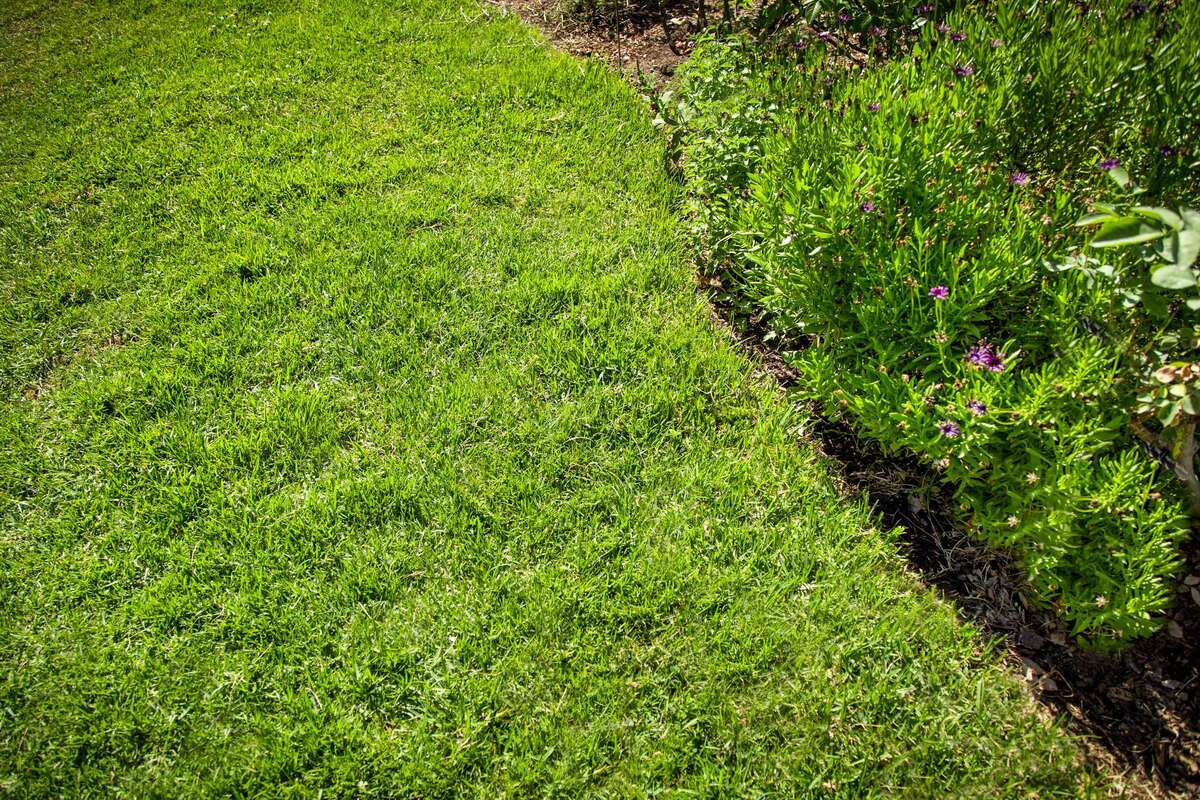
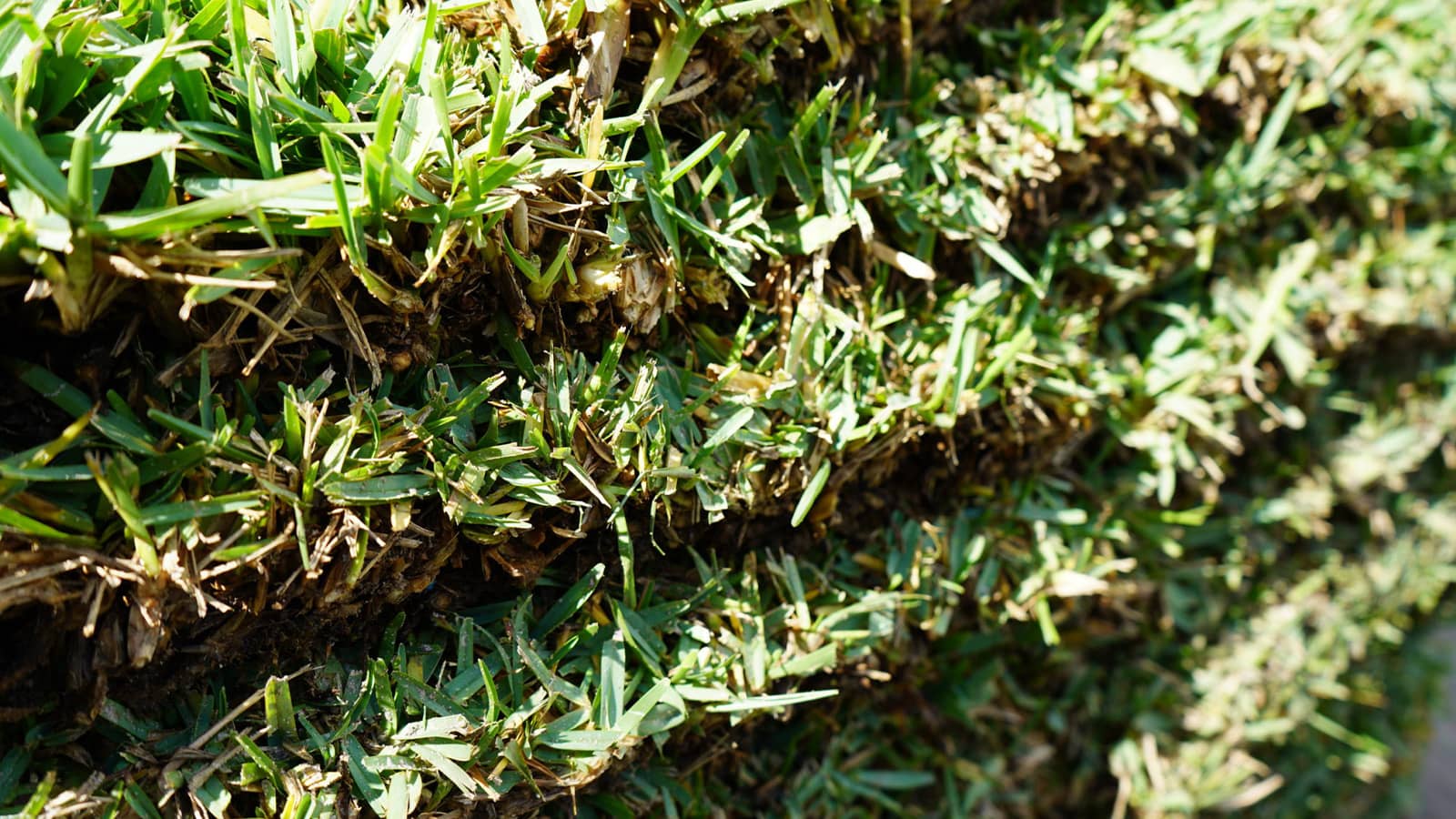
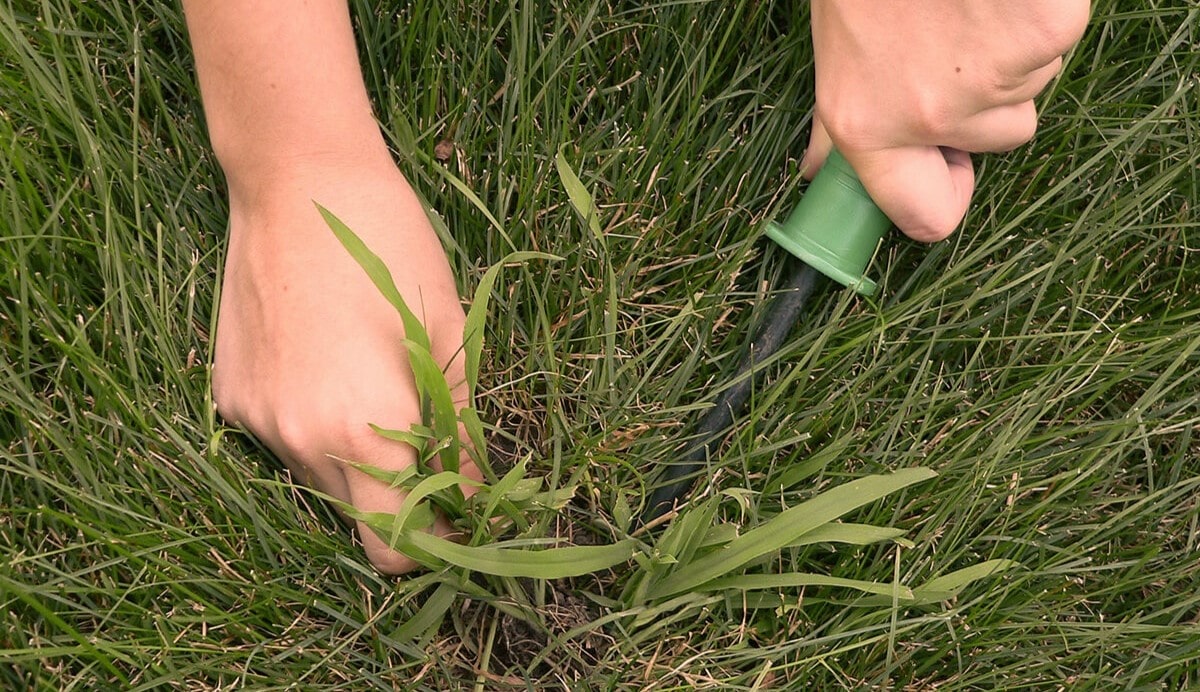
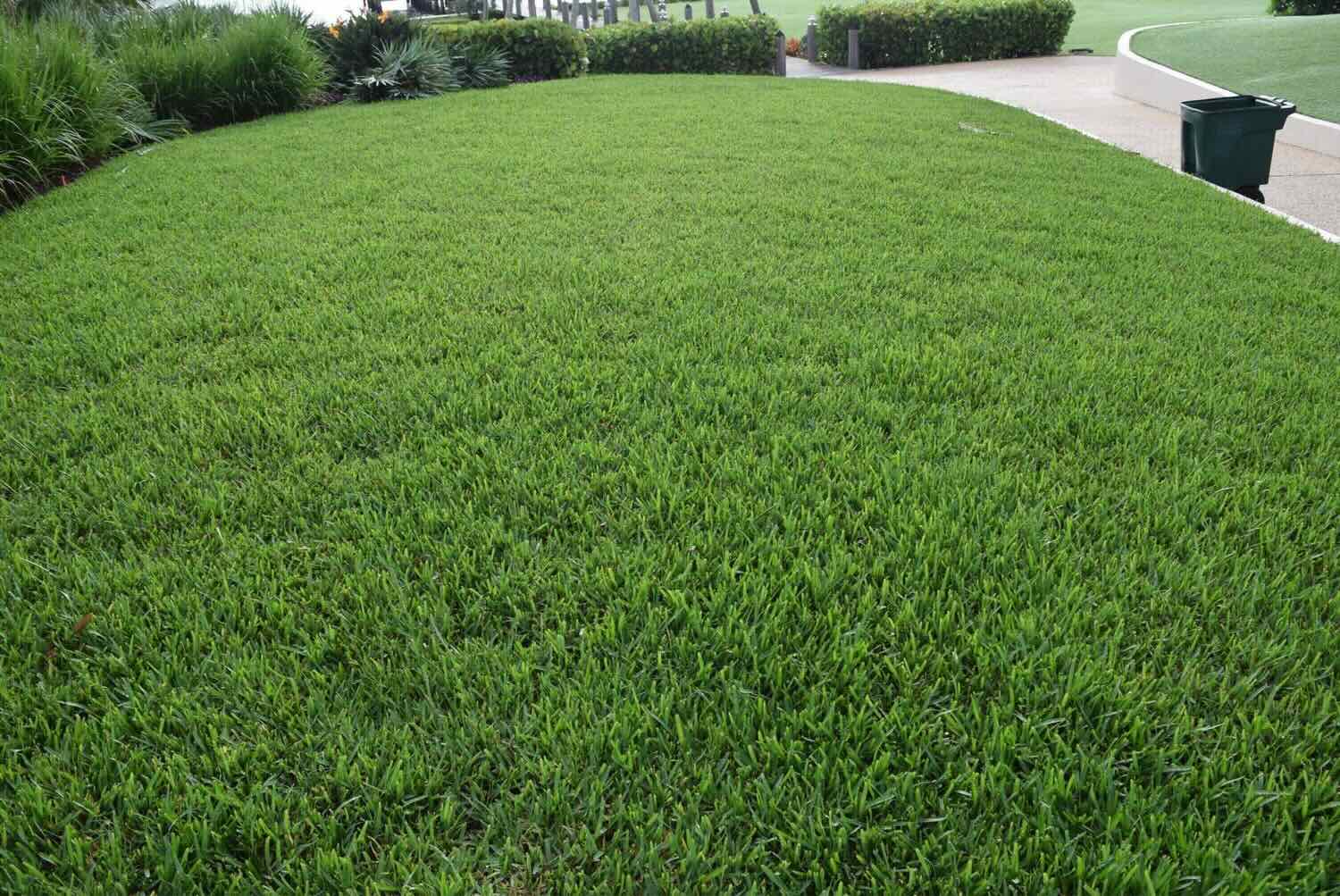
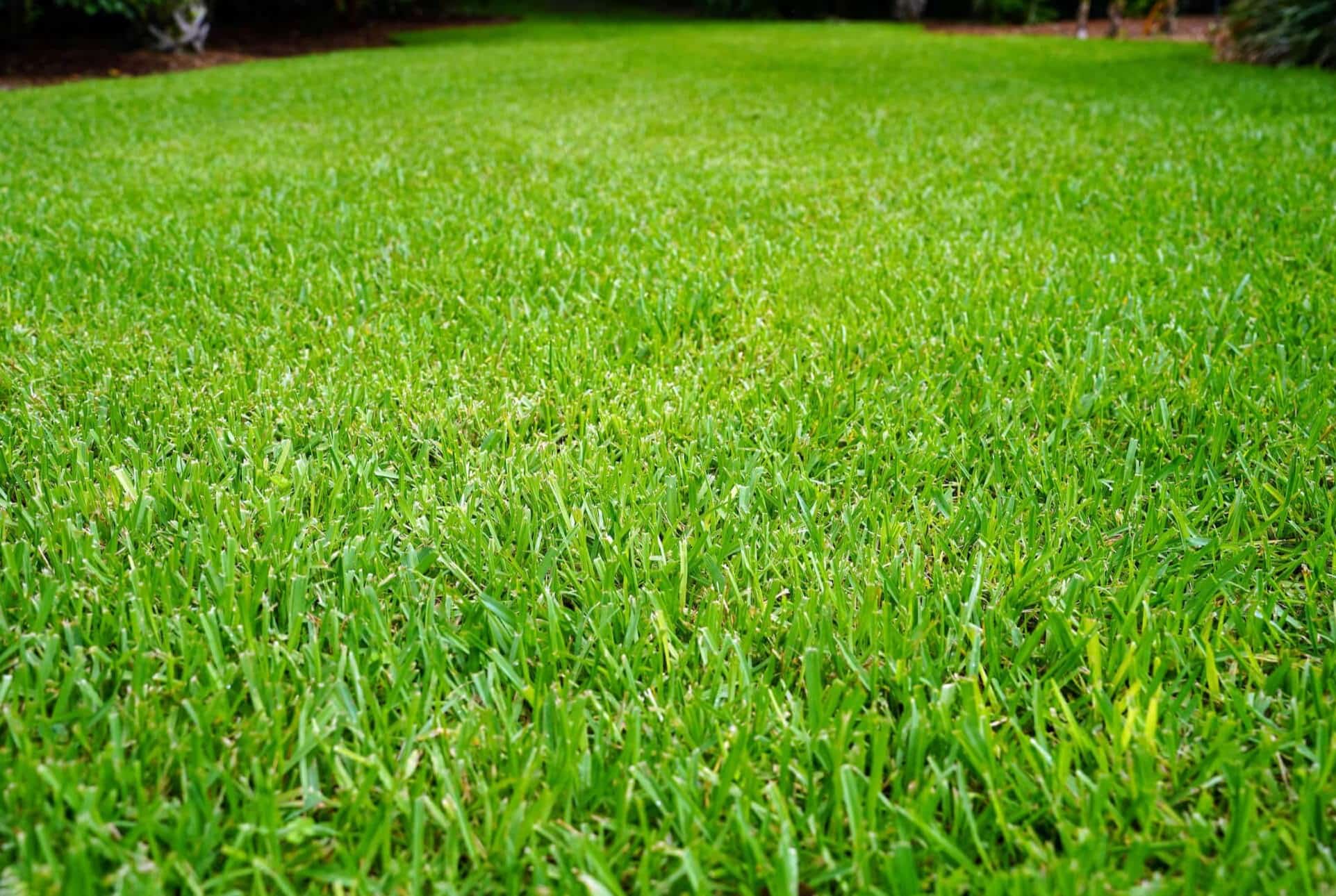
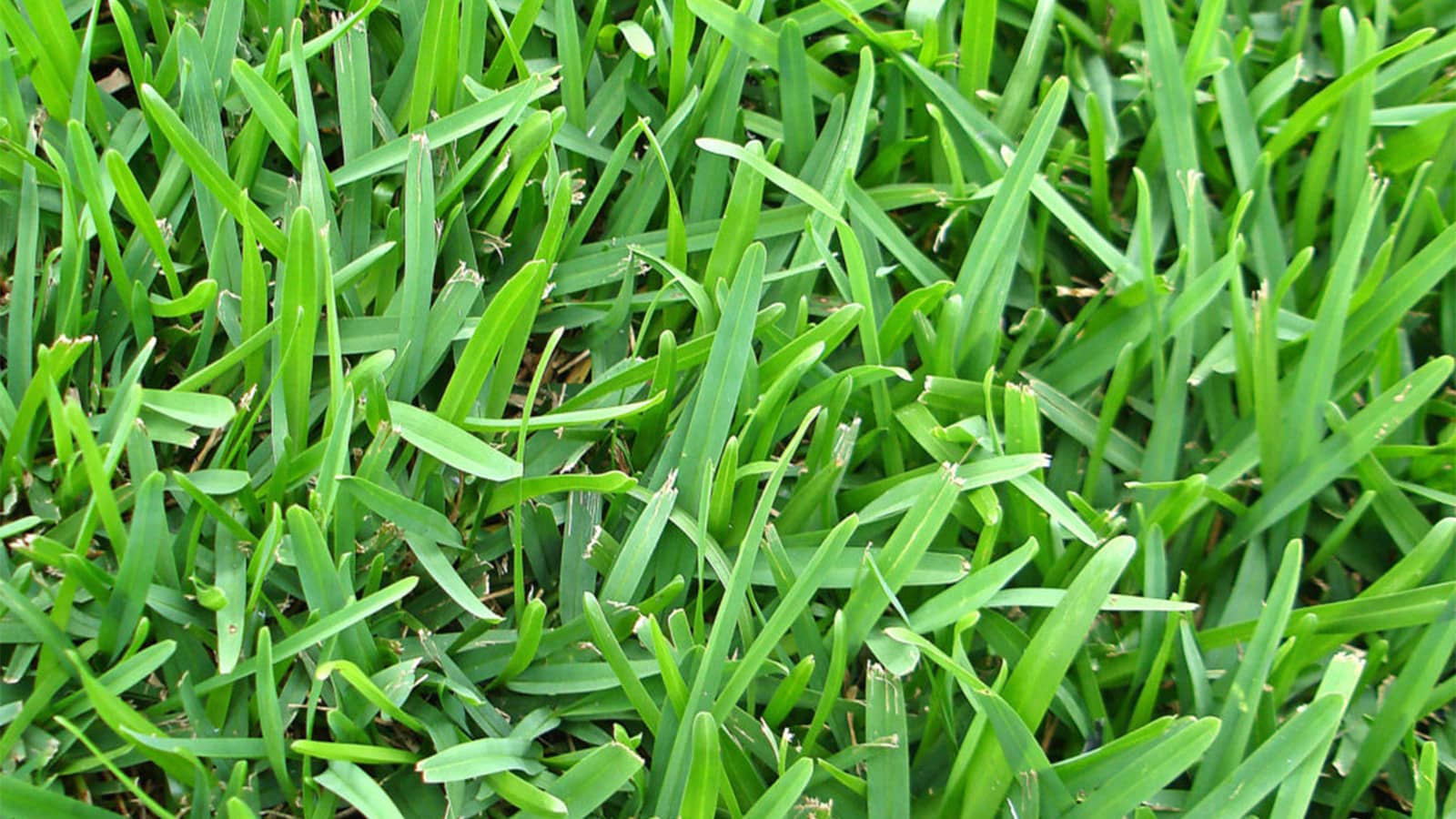
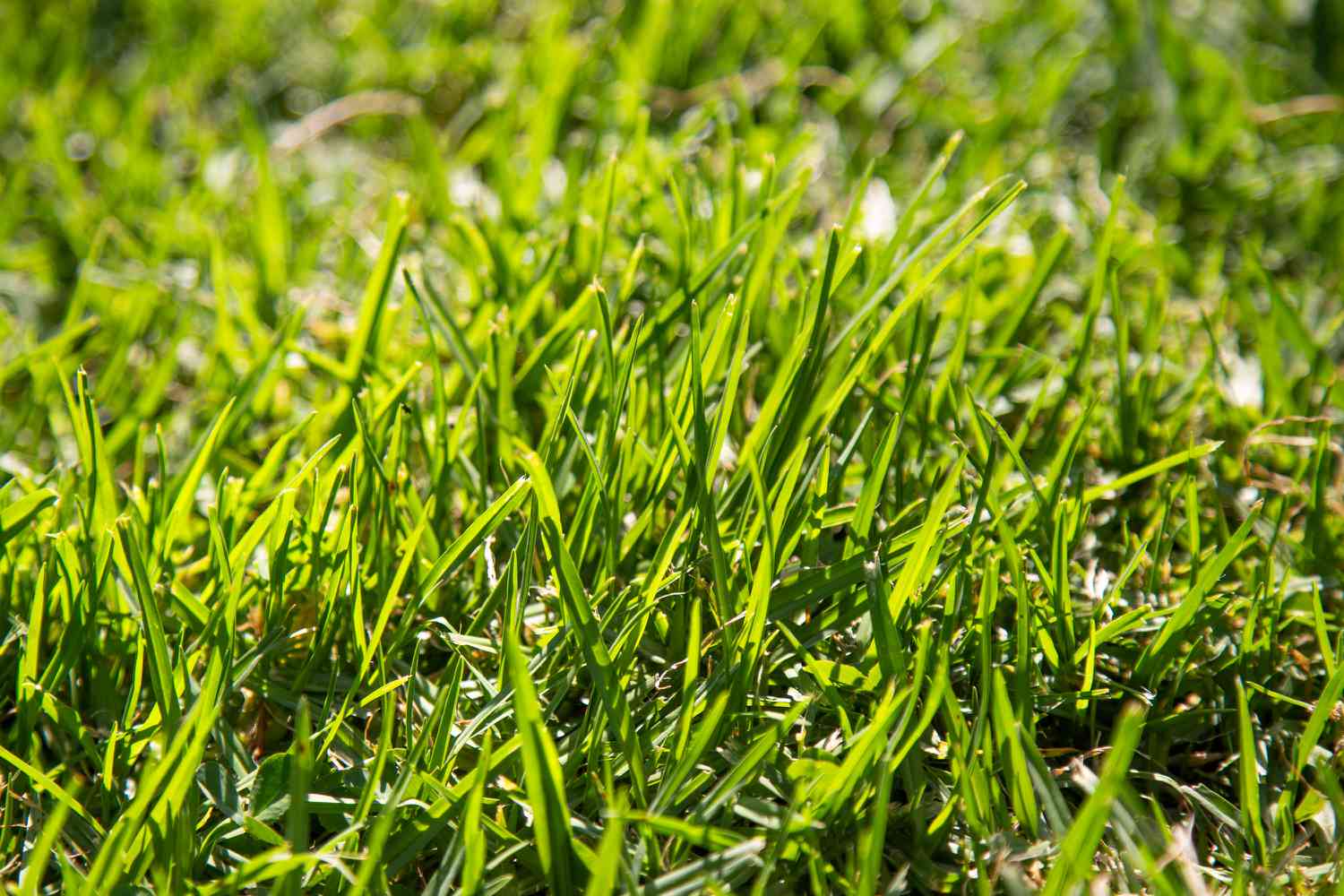
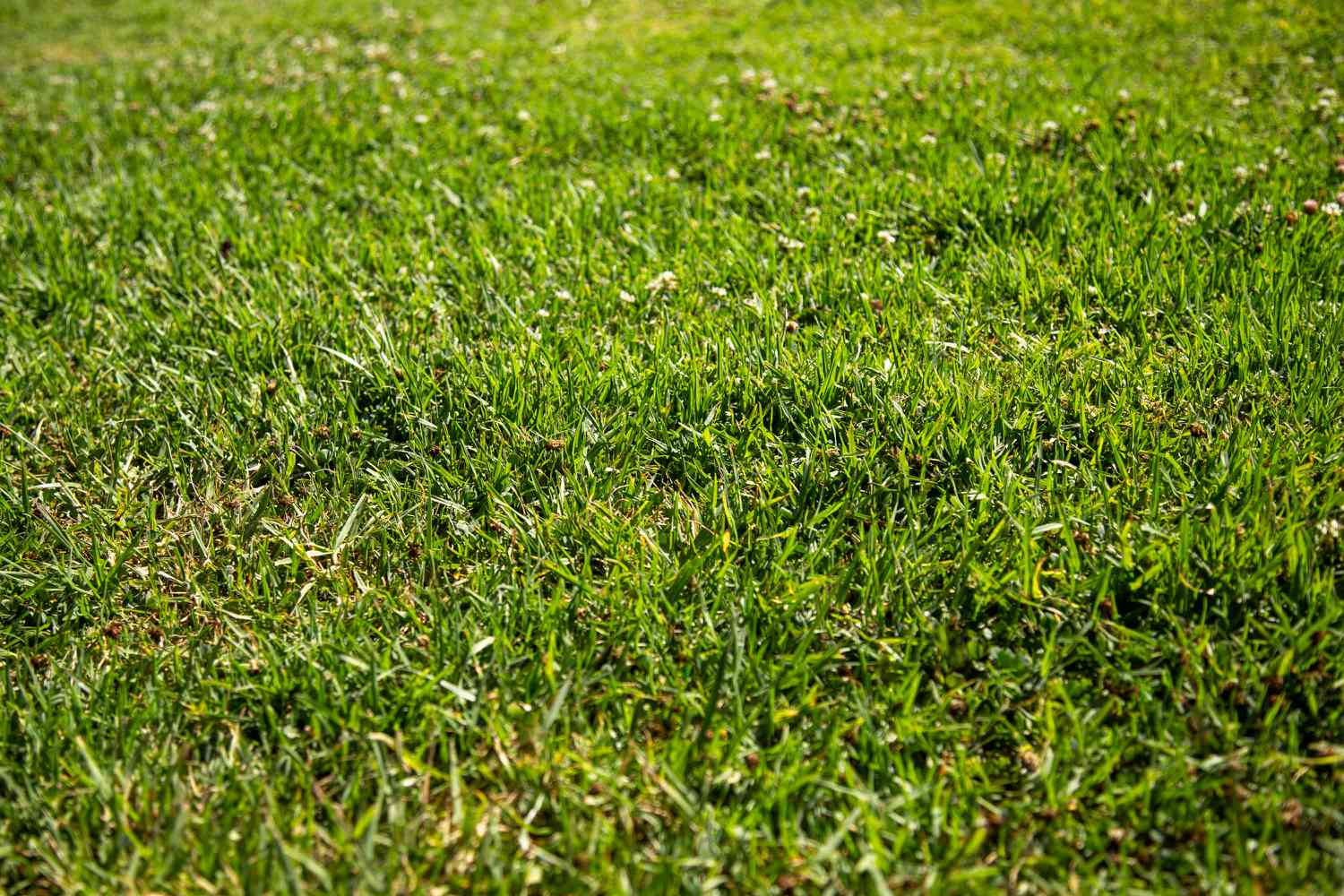
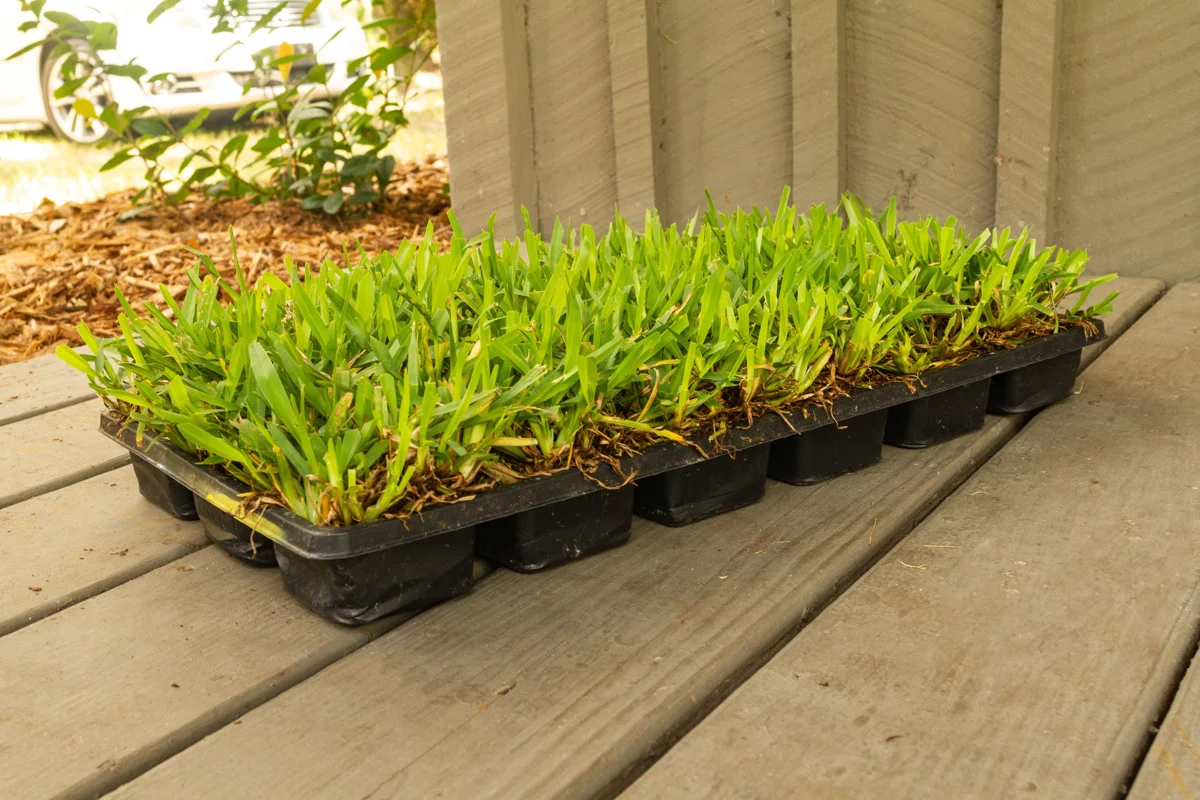
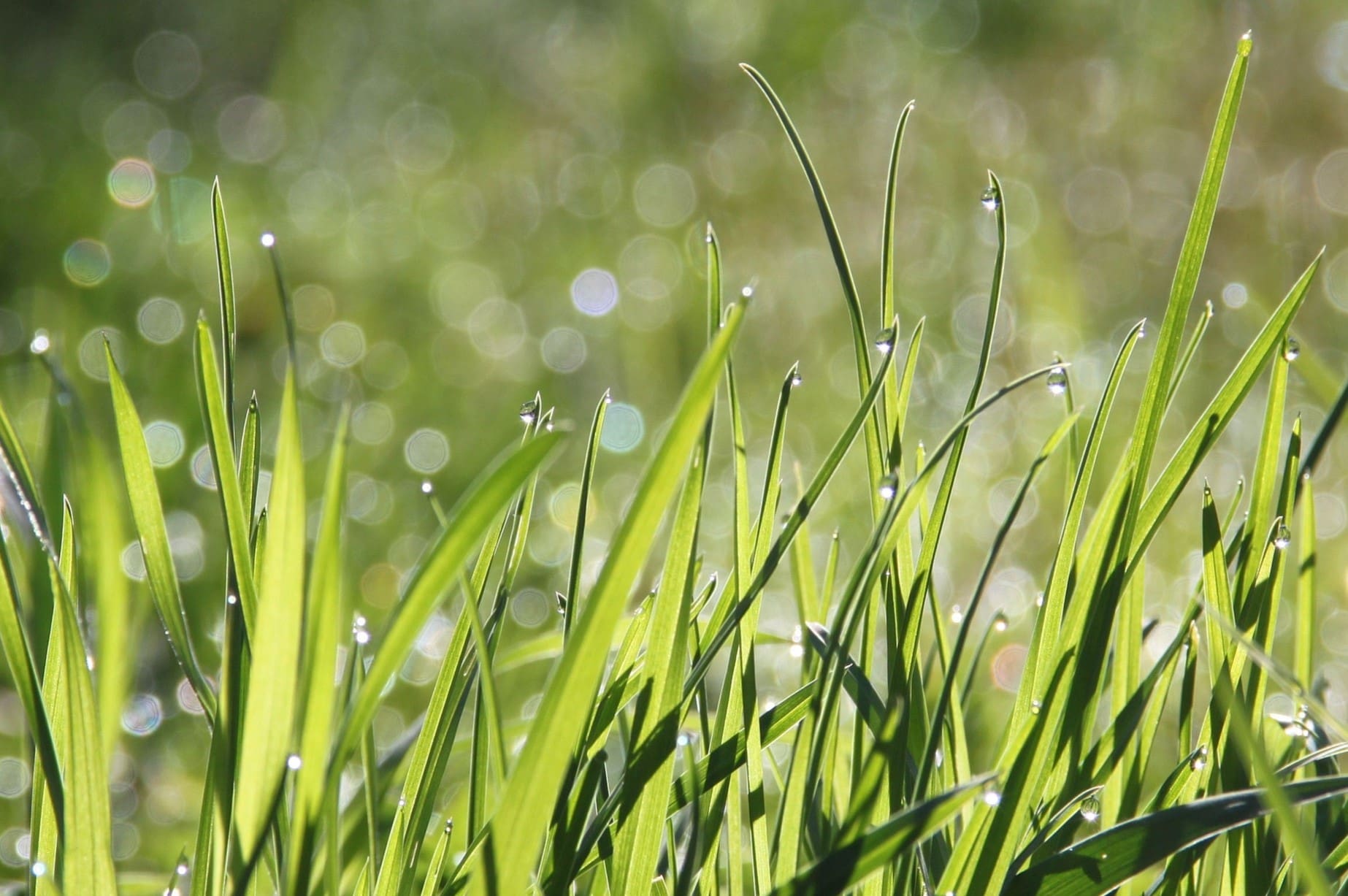
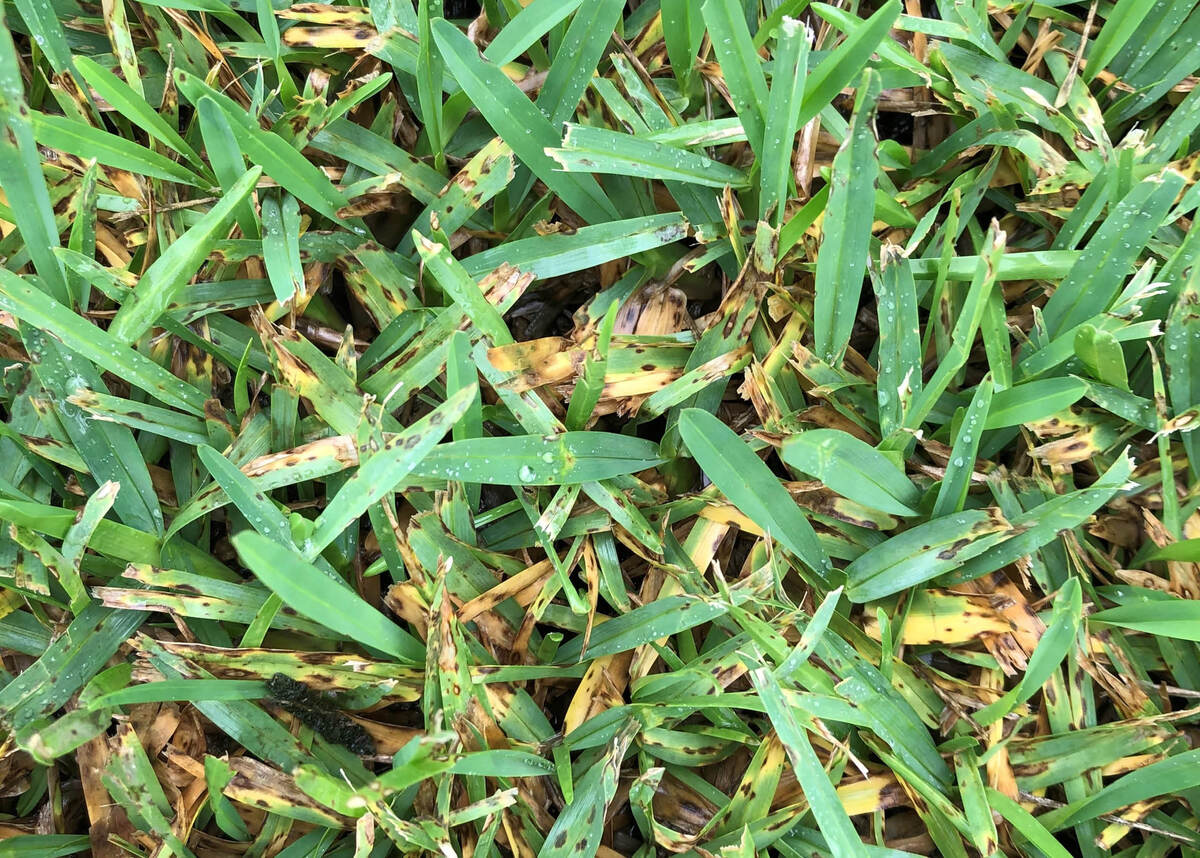
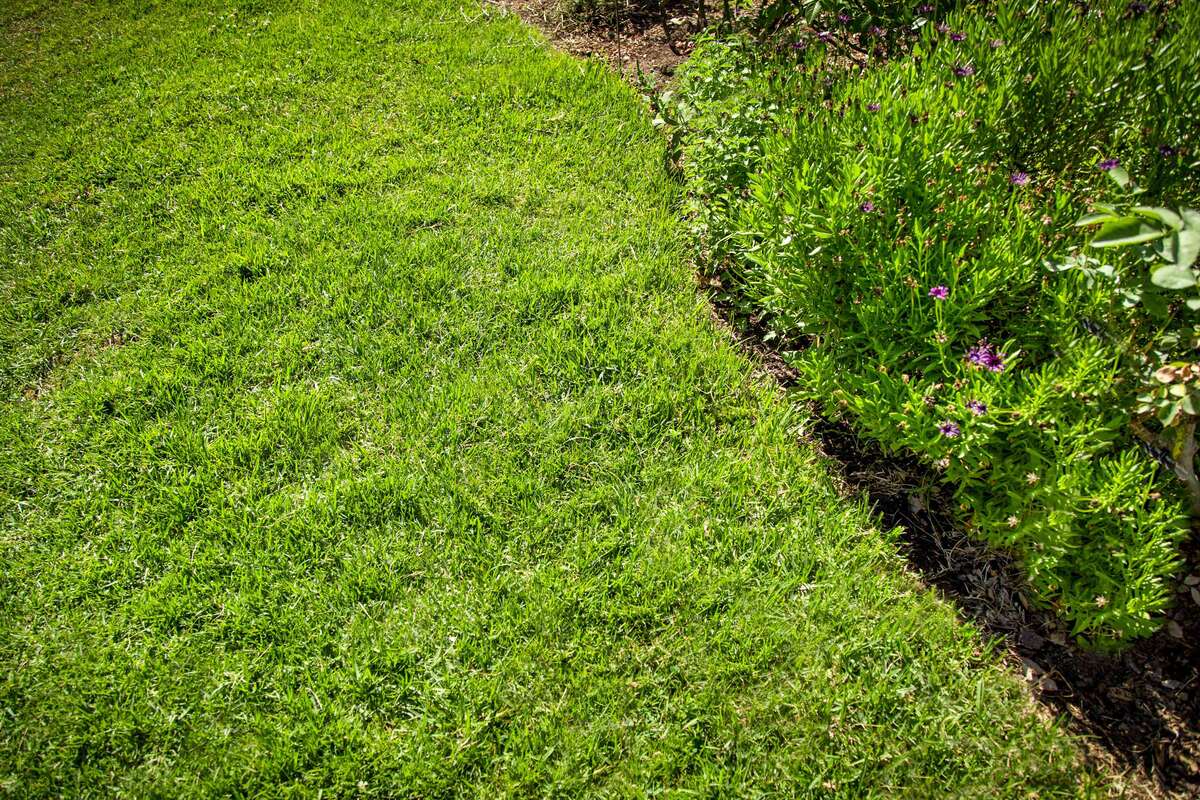
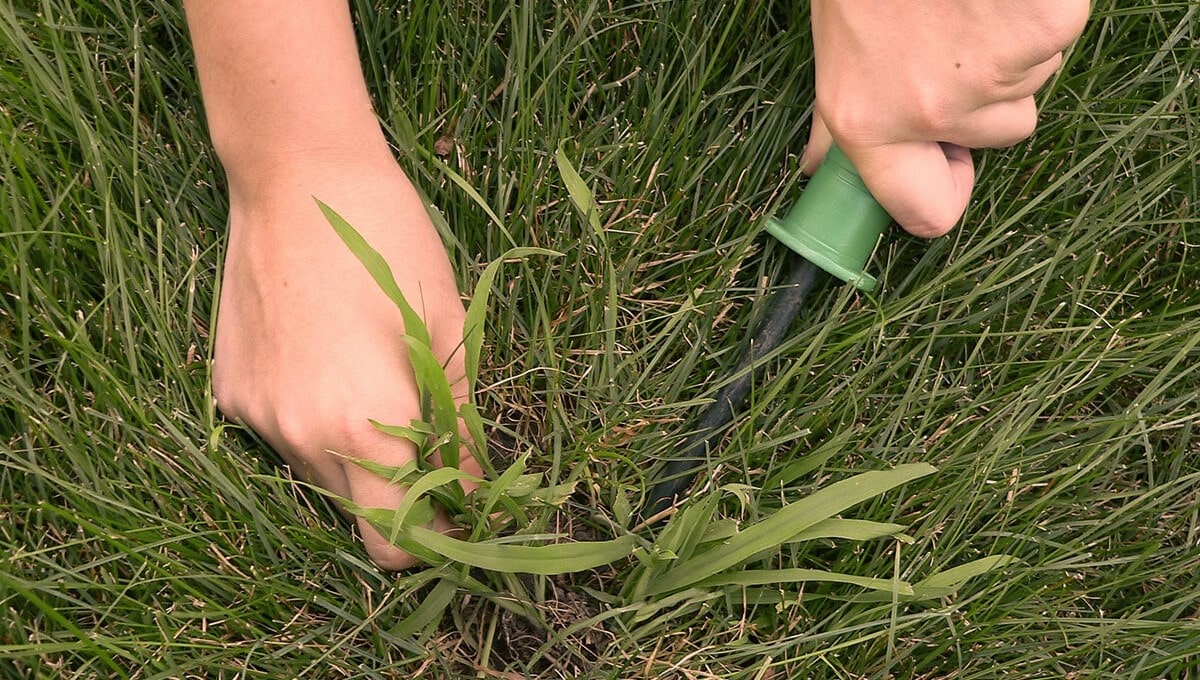
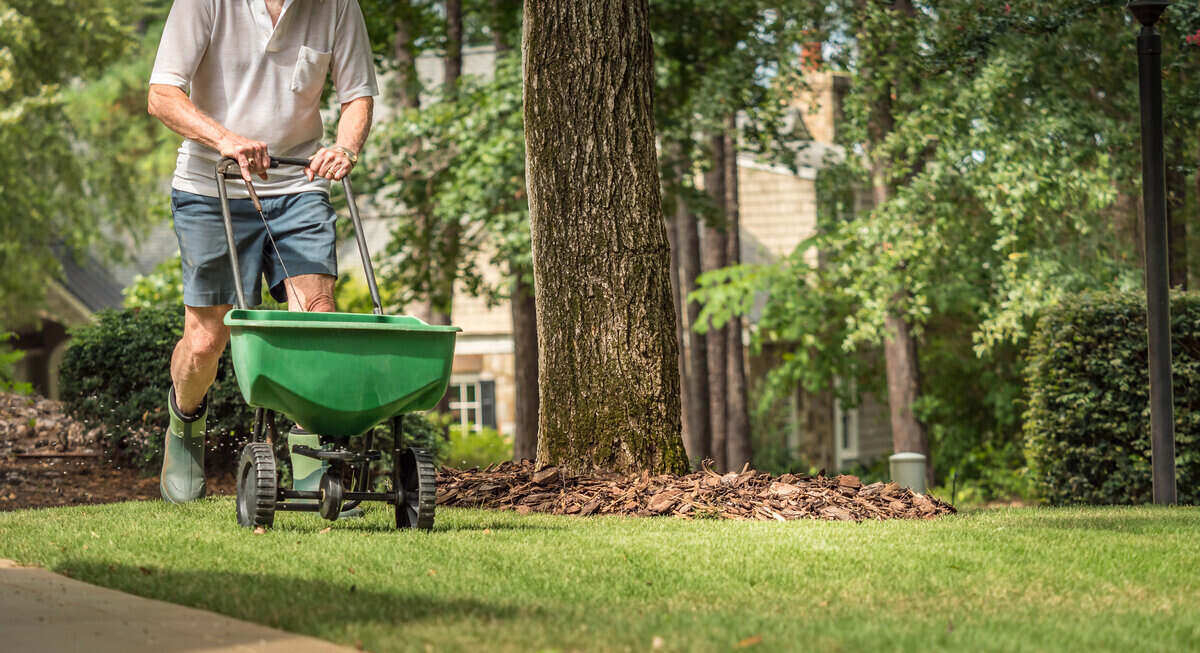
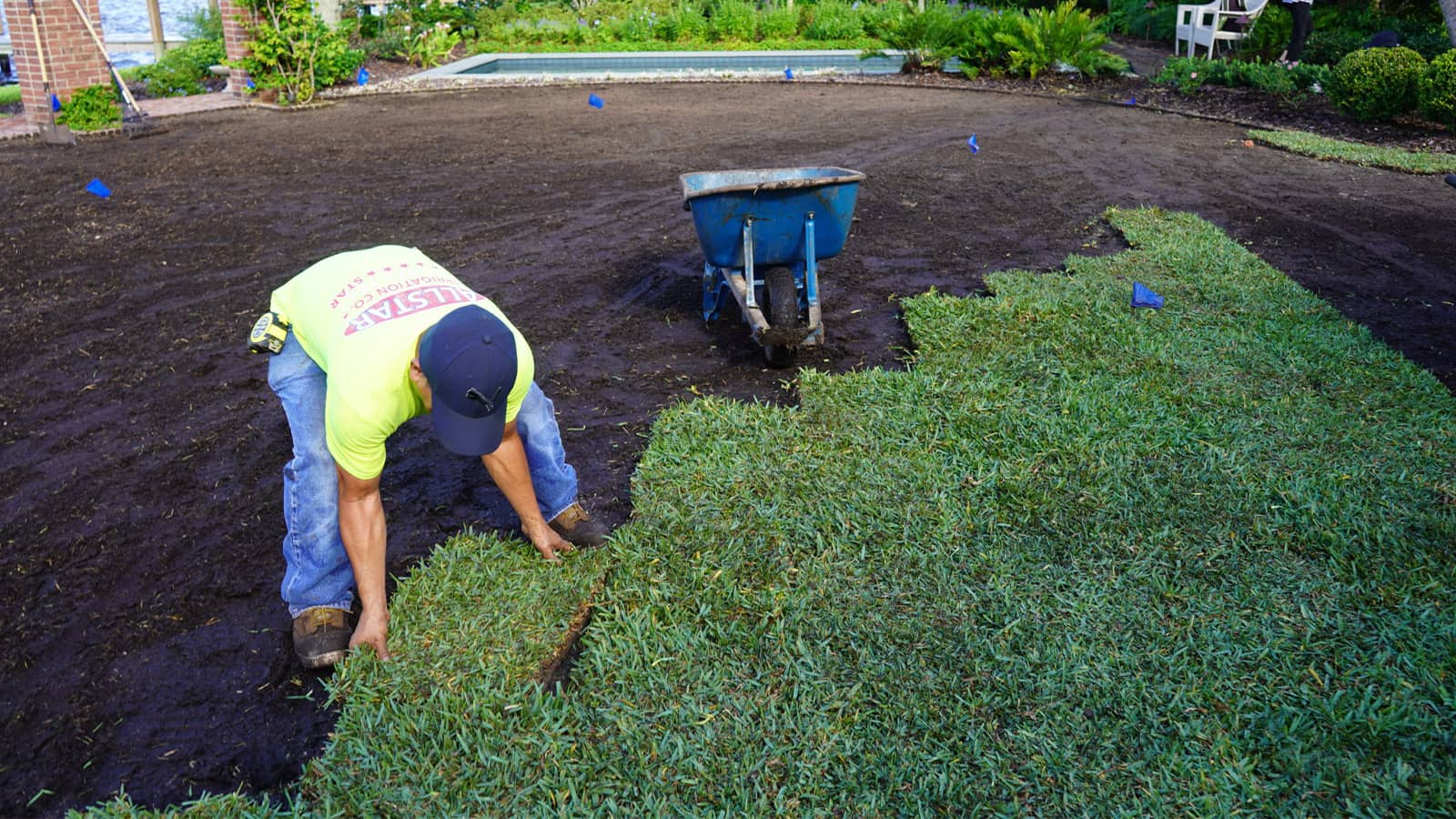

0 thoughts on “How To Fix St. Augustine Grass”